On the surface a tourist hotspot, but truly a center of community and history
In the center of Union Square is a symbol that calls back to its historical past. The Dewey Monument towers over the square, dedicating the victory by the Americans in the Battle of Manila Bay in the Spanish-American War. Just like the story of the Spanish-American War, much of the history behind Union Square is forgotten today.
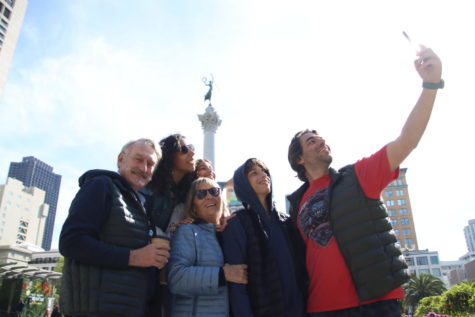
Despite being a tourist hotspot with fancy upscale chain stores, Union Square has not always been like this. The Dewey Monument and the 1890s-era buildings call back to a very different time. It was named Union Square for the pro-union rallies that took place during the American Civil War. By the 1970s, the popularity of Union Square declined, and it effectively turned into a homeless encampment. It was a derelict place, a shadow of its former greatness. However, in the early 2000s the city of San Francisco decided to renovate the square, turning it into the tourist-heavy place it is today.
It’s surrounded by blocks of department stores such as Tiffany & Co, Louis Vuitton and more which are frequented by tourists to shop. The renovation of the park, planned in the late 1990’s, was made to bring tourists in, beneath all of it a spark of community composing performances and decorative art.
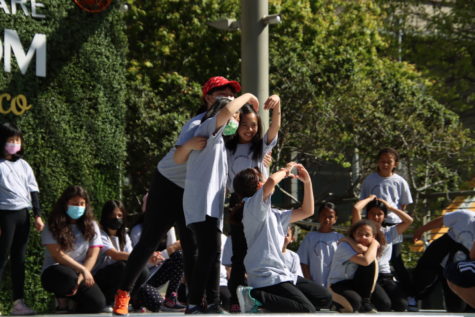 On April 21st around 12 o’clock, a lunchtime performance of kids from newcomers all the way up to pre-professional dancers took to the Union Square stage. An outline of children formed, dancing pairs or trios in center
On April 21st around 12 o’clock, a lunchtime performance of kids from newcomers all the way up to pre-professional dancers took to the Union Square stage. An outline of children formed, dancing pairs or trios in center
to Mary J. Blige’s, “Just Fine”. Parents started taking out phones for photos and videos, these kids lit up with joy, sparking a warm feeling in everyone who watched.
Karah Abiog, the summer program director, watched in awe of the kids she’s been working with. These kids come from a program within the community called, “HeART of Market”, working directly with Alonzo Ballet and HeART of Lines, for kids attending kindergarten to middle school to reinvest in the Black community in San Francisco.
Referring to the significance of it being a free community program, she states,“It’s very important. That’s what it’s all about. It’s about community coming together, sharing, and exposing the city to what this beautiful thing is for the art in our community.”. Performing in the Union Square was to show the community these kids’ passion.
“I think it’s really important to impact people in any way that is meaningful and powerful to you.” Abiog says about the individuality of these kids in dance.
“It’s exciting. It builds character, it builds community. Oftentimes you see children who are a little bit shyer come out and find a voice for themselves.” Especially in a place like this, it’s important to have these community programs.
Parents watched in the crowd, proud of their children’s performance.
“I’m excited for him. I was into music and a little bit of dance in elementary school and it’s fun to see him doing that as well.” Kai Bollinger said, mother of the tallest boy who danced on stage.
She grew up in San Francisco, witnessing the Union Square transform over time and recently having moved back a year ago. She now lives with her children in inter-city Portola. Inter-city San Francisco is often thought of as a dangerous place to live and raise kids, but that erases so much about the vibrant communities that inhabit it.
Talking about the significance of Union Square for San Francisco, she said, ”I feel like it just connects San Francisco as a whole.”
“There’s of course all these stores, there are people that come in and want to shop everywhere, but also there’s art that’s displayed out here, there are artists that paint the hearts and they contribute them to arts for AIDs.” There’s a lot that’s lost from simply calling this a tourist hotspot, as for many in the community, it means so much more than that. It’s a place for the community to meet, to interact, to feel safe.
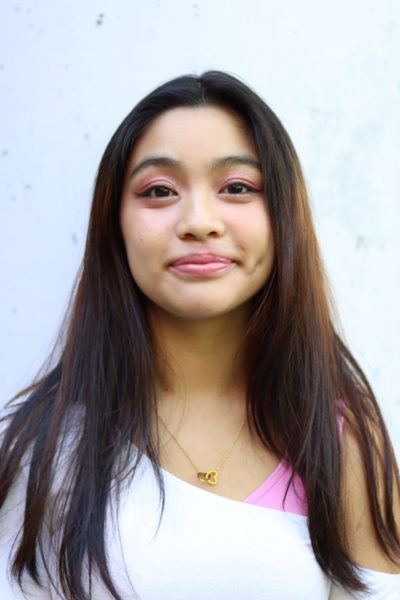
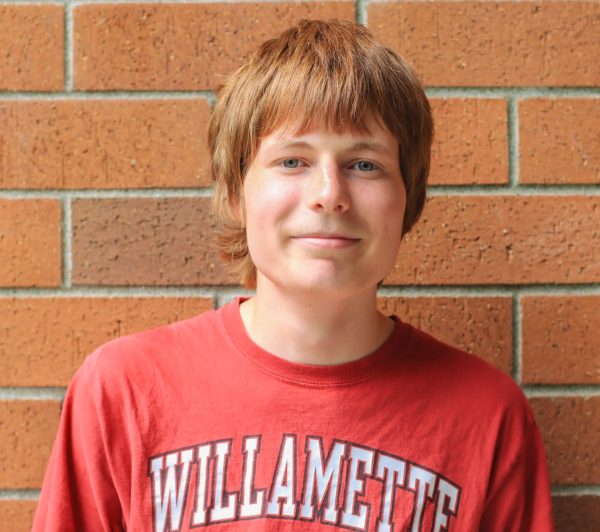
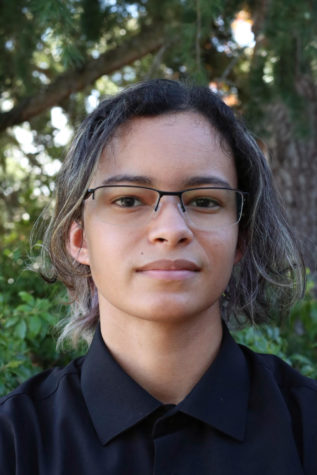

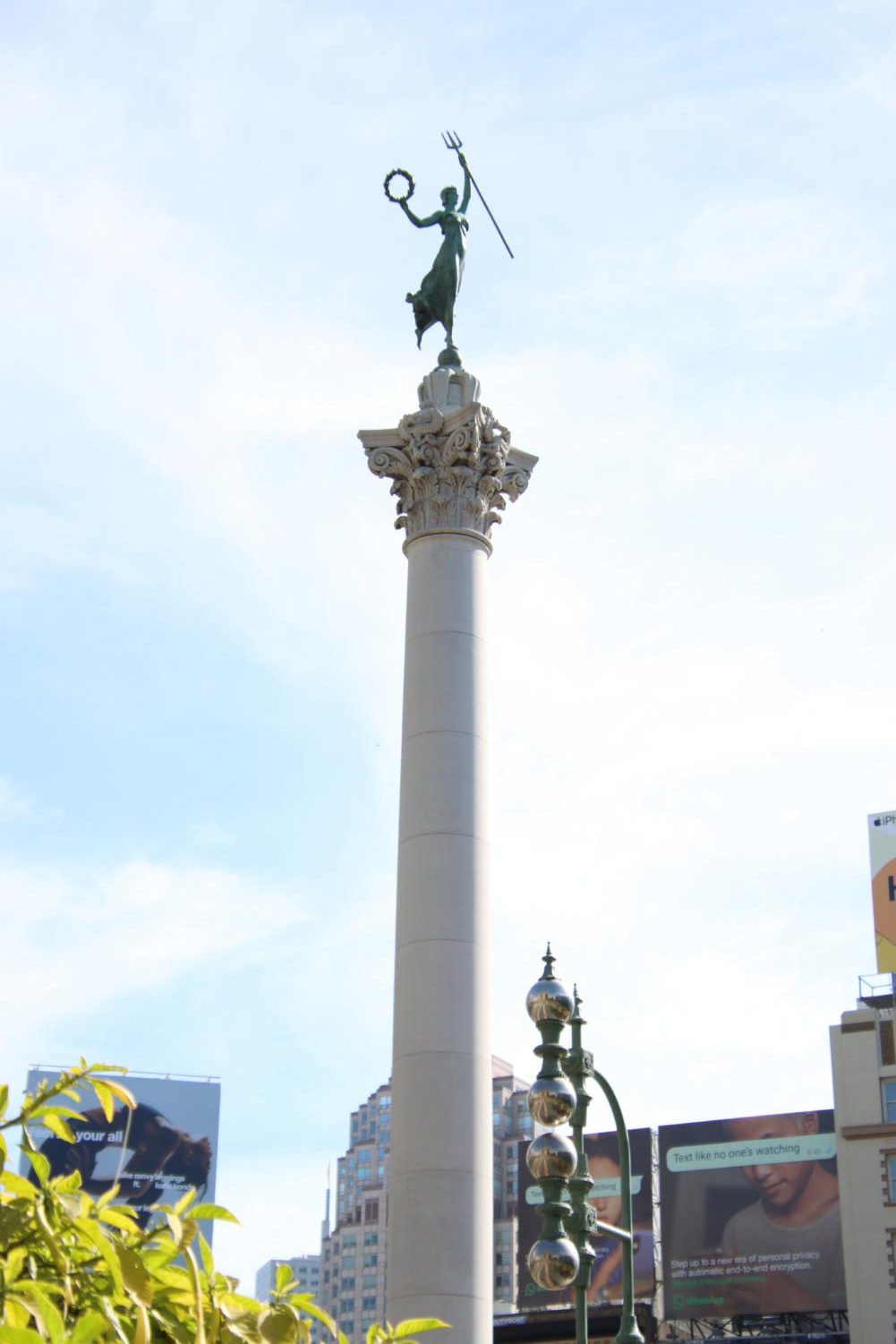

 On April 21st around 12 o’clock, a lunchtime performance of kids from newcomers all the way up to pre-professional dancers took to the Union Square stage. An outline of children formed, dancing pairs or trios in center
On April 21st around 12 o’clock, a lunchtime performance of kids from newcomers all the way up to pre-professional dancers took to the Union Square stage. An outline of children formed, dancing pairs or trios in center